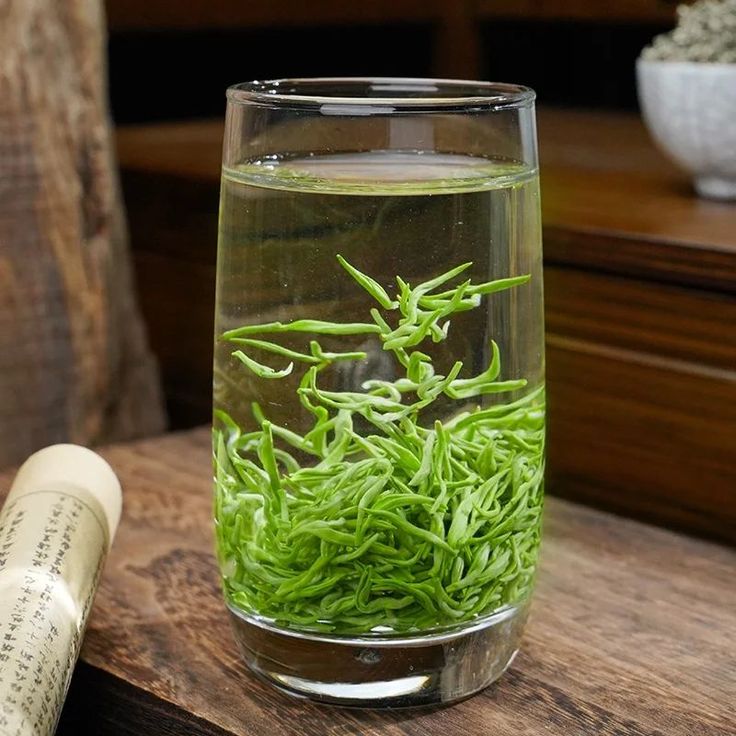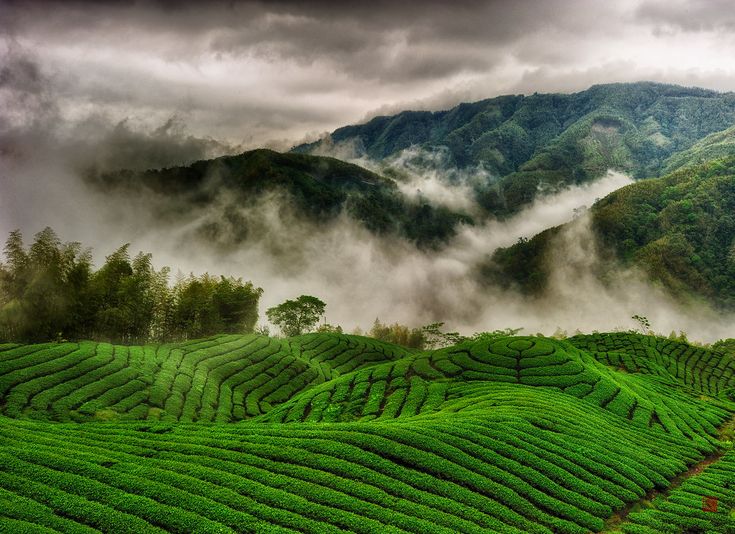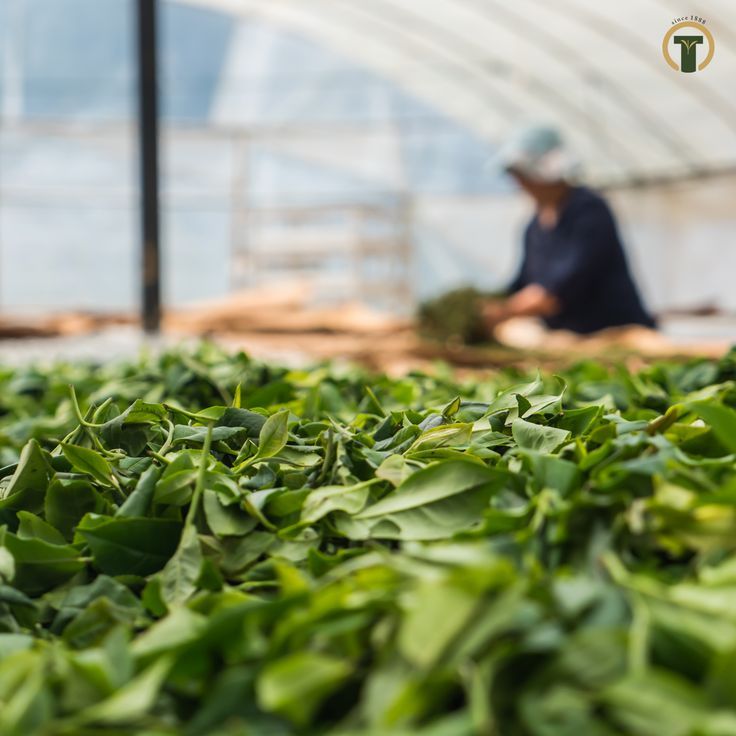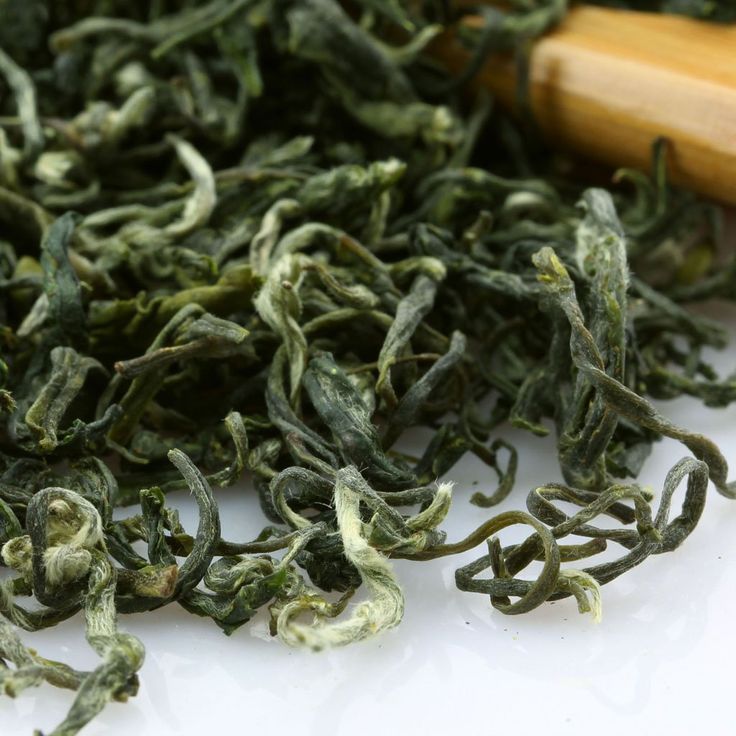Brief History of Chinese Tea Cultivation and Consumption
Tea holds a revered status in Chinese history, dating back thousands of years. Legend has it that Emperor Shen Nong discovered tea around 2737 BC when tea leaves accidentally fell into his boiling water, creating a delightful aroma and flavor. This marked the beginning of tea cultivation in China.

Initially used for medicinal purposes, tea soon became a staple beverage in Chinese culture. Throughout the centuries, various dynasties played a crucial role in promoting tea cultivation and refining the art of tea preparation.
Significance of Tea in Chinese Society and Traditions
Tea is deeply ingrained in every aspect of Chinese society, symbolizing harmony, respect, and purity. It is not merely a drink but embodies an entire philosophy of life. In traditional Chinese ceremonies such as weddings, funerals, or business meetings, serving tea is a way to show respect and honor to guests.
The act of pouring and receiving tea signifies gratitude and goodwill towards others. Tea houses are common gathering places where people socialize, discuss matters of importance, or simply relax with a cup of their favorite brew.
Overview of Different Types of Chinese Tea
China boasts a rich diversity of teas, each with its unique flavor profiles and processing techniques. The main types include green tea (like Longjing), black tea (such as Keemun), oolong tea (like Tieguanyin), white tea (such as Bai Mudan), yellow tea (like Junshan Yinzhen), dark tea (such as Pu'er), and scented teas like Jasmine or Osmanthus.
These teas vary in taste depending on factors like region, altitude, soil conditions, and processing methods. Exploring the nuances of each type offers an intriguing journey into the world of Chinese culture through the artistry of brewing and sharing this revered beverage.
Biluochun Tea: An Introduction

The Timeless Elegance of Biluochun Tea
Steeped in a rich history that dates back to the Tang Dynasty, Biluochun tea is a prized variety originating from the picturesque Dongting Mountain in Jiangsu province, China. Legend has it that this exquisite green tea was named after the tender, spiral-shaped leaves resembling snail shells found amidst the lush hillsides. Renowned for its delicate flavor and captivating aroma, Biluochun tea has been celebrated for centuries as a symbol of refinement and sophistication.
A Closer Look at Biluochun Tea Leaves
Biluochun tea leaves are handpicked with meticulous care during early spring when the leaves are at their peak tenderness. These young, vibrant leaves are characterized by their slender shape and downy texture, showcasing shades of emerald green interwoven with silver-hued tips.
The distinct spiral rolling technique used during processing imparts a unique appearance to the leaves, resembling tiny coils that unfurl gracefully upon brewing. This artisanal approach not only enhances the visual appeal but also contributes to the complex flavor profile of Biluochun tea.
Nourishing Body and Mind: Health Benefits of Biluochun Tea
Beyond its enchanting taste and visual allure, consuming Biluochun tea offers a myriad of health benefits that have been treasured for generations. Rich in antioxidants and polyphenols, this green tea variety is known to boost immunity, promote cardiovascular health, and aid in digestion.
The subtle caffeine content provides a gentle energy lift without the jitters often associated with coffee consumption. Additionally, savoring a cup of Biluochun tea can be a calming ritual that soothes the senses and fosters mindfulness in an increasingly hectic world.
Harvesting Process for Biluochun Tea Leaves
One of the key factors in producing high-quality Biluochun tea is the meticulous harvesting process. The ideal time for harvesting Biluochun tea leaves is during the early spring season, typically around late March to early April. This period is known as the "pre-Qingming" time when the leaves are at their most tender and flavorful state.
By picking the tea leaves during this specific window, producers ensure that the delicate aroma and taste of Biluochun are preserved. To maintain the integrity of the tea leaves, skilled harvesters employ hand-picking techniques rather than mechanical methods.
Hand-picking allows for selective plucking of only the youngest and most succulent buds and leaves, ensuring a superior flavor profile in the final product. This labor-intensive approach may be slower than automated harvesting, but it significantly reduces damage to the leaves and maintains their quality.
Processing Methods for Biluochun Tea Leaves
After being carefully harvested, Biluochun tea leaves undergo a series of processing steps to further develop their unique characteristics. The first stage in processing involves withering, where freshly picked leaves are spread out thinly to reduce their moisture content. Controlled withering helps concentrate flavor compounds while maintaining leaf freshness. The next crucial step is fixing, which involves heating the withered leaves in a pan or steaming them briefly to halt oxidation.
This process ensures that Biluochun tea retains its vibrant green color and prevents bitterness from developing in the final brew. Fixing also helps preserve the natural aroma and taste of the tea leaves.
Rolling and Shaping Techniques

Following withering and fixing, Biluochun tea leaves are carefully rolled by hand or machine to shape them into tight spirals or curls characteristic of this green tea variety. Rolling not only imparts an aesthetically pleasing appearance to the dried leaves but also enhances their flavor by breaking down cell walls and releasing essential oils.
The shaping process is crucial in determining how quickly water can penetrate the rolled leaves during brewing, affecting infusion strength and flavor extraction. By skillfully rolling and shaping Biluochun tea leaves, producers can create a visually appealing product that brews into a fragrant liquor with complex layers of taste and aroma.
Brewing and Serving Biluochun Tea
Optimal Water Temperature and Brewing Time
To truly savor the exquisite flavor of Biluochun tea, it is crucial to pay attention to the water temperature and brewing time. The ideal water temperature for brewing Biluochun tea is around 176°F (80°C).
Boiling water can scald the delicate leaves, resulting in a bitter taste, while water that is too cool may not extract the full flavor profile. As for brewing time, steeping Biluochun tea for about 2-3 minutes allows the leaves to unfurl and release their complex flavors slowly but surely.
Traditional Teaware for Serving
When it comes to serving Biluochun tea, traditional teaware enhances the overall experience. The Gaiwan, a three-piece Chinese teacup with a lid and saucer, is commonly used for brewing and sipping this delicate green tea. Its design allows for multiple infusions while controlling the strength of each brew.
Alternatively, the Yixing teapot, crafted from purple clay known for its porous nature that absorbs tea flavors over time, can also be used to brew Biluochun tea. For those who prefer a modern touch, glass teacups offer transparency to admire the beautiful green hue of Biluochun tea.
Etiquette in Tea Ceremony
In Chinese culture, serving tea is an art form steeped in tradition and respect. When serving guests Biluchon Tea in a formal setting or during a traditional tea ceremony, etiquette plays a significant role. The host should pour the tea with precision and grace, ensuring equal portions are served to all guests as a sign of equality and harmony.
Offering and receiving the teacup with both hands symbolize politeness and humility. Engage in pleasant conversation while enjoying each sip of this precious brew to fully appreciate the moment shared over a cup of fragrant Biluchon Tea.
Exploring the Exquisite Flavor Profile of Biluochun Tea
Tasting Notes and Aroma Profiles
Biluochun tea, also known as "Green Snail Spring," offers a sensory experience like no other. The delicate leaves of this green tea variety impart a subtle sweetness with hints of chestnut and floral undertones. Upon steeping, Biluochun tea releases a refreshing aroma that carries notes of fresh grass and a slight nuttiness.
The flavor profile is characterized by a smooth, velvety texture that tantalizes the taste buds with a gentle vegetal essence and a lingering sweetness on the palate. The complexity of flavors in Biluochun tea makes each sip an enchanting journey through layers of nuanced tastes.
Pairing Suggestions for an Enhanced Tasting Experience
To fully appreciate the unique flavor profile of Biluochun tea, consider pairing it with foods that complement its subtle nuances. For a light and refreshing pairing, opt for delicate pastries such as almond croissants or lemon tarts. The buttery notes in these desserts harmonize beautifully with the sweet undertones of the tea, creating a delightful contrast in flavors.
For those seeking a more savory experience, pair Biluochun tea with sushi or sashimi to accentuate its vegetal characteristics while cleansing the palate between bites. The umami richness of the seafood enhances the grassy notes in the tea, resulting in a harmonious gastronomic symphony.
The Art of Tea Pairing: Elevating Your Tasting Experience
Elevate your tasting experience by experimenting with various pairing combinations to unlock new dimensions in flavor exploration. Consider pairing Biluochun tea with fresh fruit such as ripe peaches or juicy strawberries to create a medley of sweetness that complements the tea's floral accents.
Alternatively, indulge in creamy desserts like crème brûlée or tiramisu to contrast the lightness of the tea with rich, decadent flavors. By embracing the art of tea pairing, you can elevate your sensory journey and discover endless possibilities for enhancing your appreciation of Biluochun's exquisite flavor profile.
Appreciating the Craftsmanship Behind Producing Biluochun Tea

Delving into the world of Biluochun tea unveils a realm of meticulous craftsmanship and time-honored traditions. From the hand-picking of tender spring leaves at the precise moment of growth to the delicate processing techniques that preserve its vibrant green color and floral aroma, every step in creating Biluochun tea is a labor of love.
The skilled hands that nurture these leaves exemplify an art form passed down through generations, where attention to detail and passion for quality reign supreme. The essence of Biluochun tea lies not only in its exquisite flavor but also in the dedication and expertise required to produce it.
Each sip encapsulates centuries of Chinese tea-making wisdom and a deep-rooted connection to nature. By savoring a cup of Biluochun tea, one can truly appreciate the harmony between human ingenuity and natural beauty, recognizing that every leaf tells a story of devotion and reverence for this revered beverage.
An Optimistic Outlook: A Cup Full of History and Hope
As we raise our teacups filled with the verdant elixir that is Biluochun tea, let us toast to a future where such artisanal treasures continue to thrive. In embracing the craftsmanship behind this delicate green tea variety, we not only honor tradition but also support sustainable practices that preserve our cultural heritage. Through our appreciation for fine teas like Biluochun, we contribute to a brighter tomorrow where age-old rituals blend seamlessly with modern sensibilities.
Encouraging Exploration of Other Chinese Teas
Biluochun tea serves as a gateway to an expansive universe of Chinese teas waiting to be discovered. While its allure is undeniable, there exists a plethora of other varieties—oolong teas with their complex aromas, robust black teas brimming with malty notes, or subtle white teas imbued with delicate flavors—all offering unique experiences for discerning palates. By embarking on a journey through China's rich tea landscape, one can unravel layers upon layers of taste sensations waiting to be explored.
Each Chinese tea carries within it a piece of history and culture, reflecting regional terroirs and age-old traditions that have stood the test of time. Embracing diversity in tea consumption opens doors to new sensory delights and deepens our understanding of this ancient beverage's profound significance in Chinese society. So why stop at Biluochun? Venture forth into the realm of Pu-erh, Longjing, and Tieguanyin—let your taste buds be your guide as you navigate through an enchanting realm steeped in tradition.
A Call for Adventure: The Infinite Horizons Within Your Teacup
With each new brew comes an opportunity for exploration—of flavors uncharted and stories untold. Embrace the rich tapestry woven by Chinese teas as you embark on an odyssey through fragrant plantations and bustling teahouses. Let curiosity be your compass as you traverse vast landscapes brimming with diversity, knowing that within every leaf lies a world waiting to be savored.
